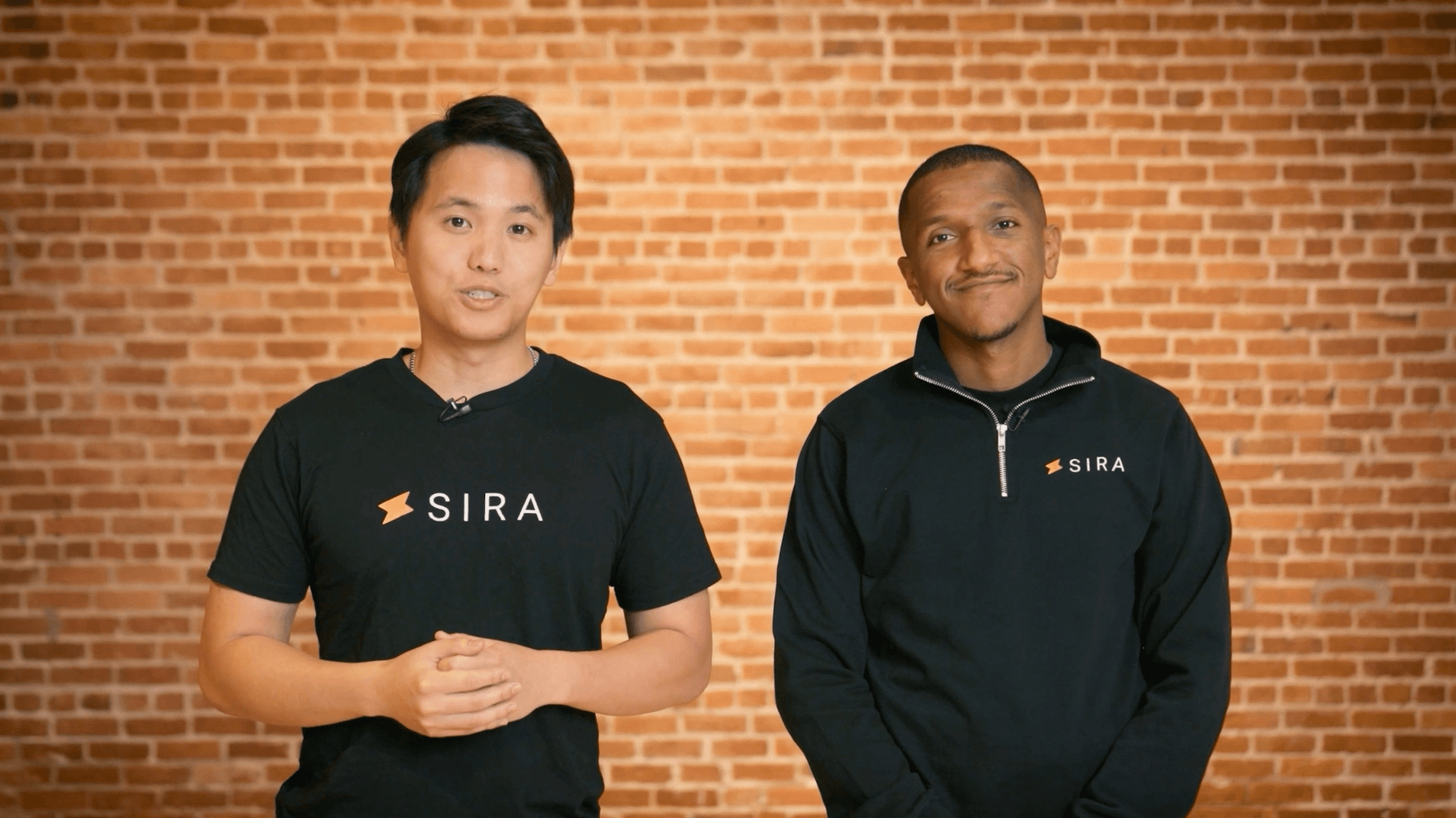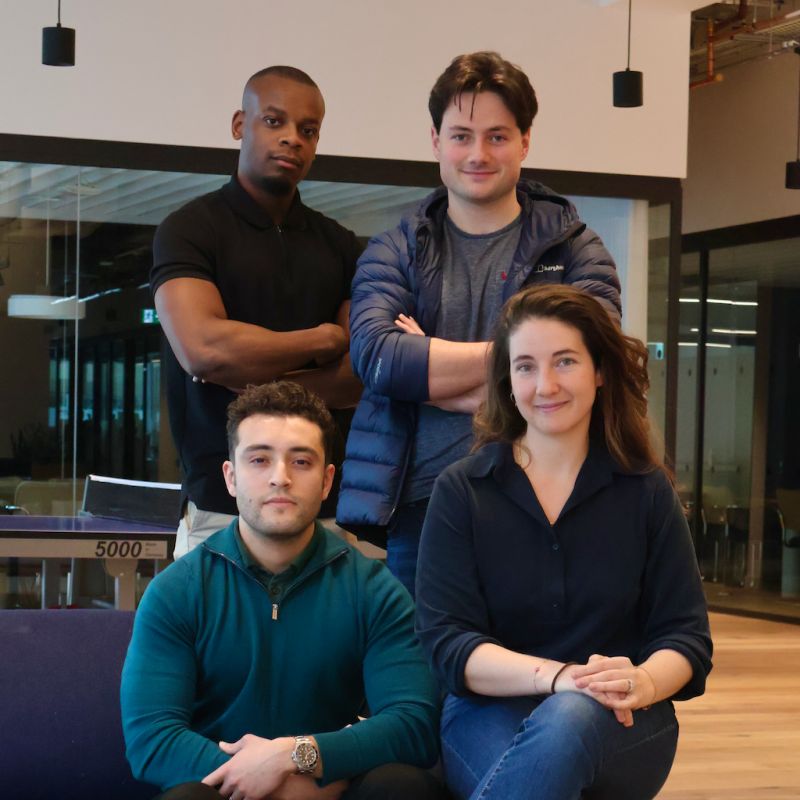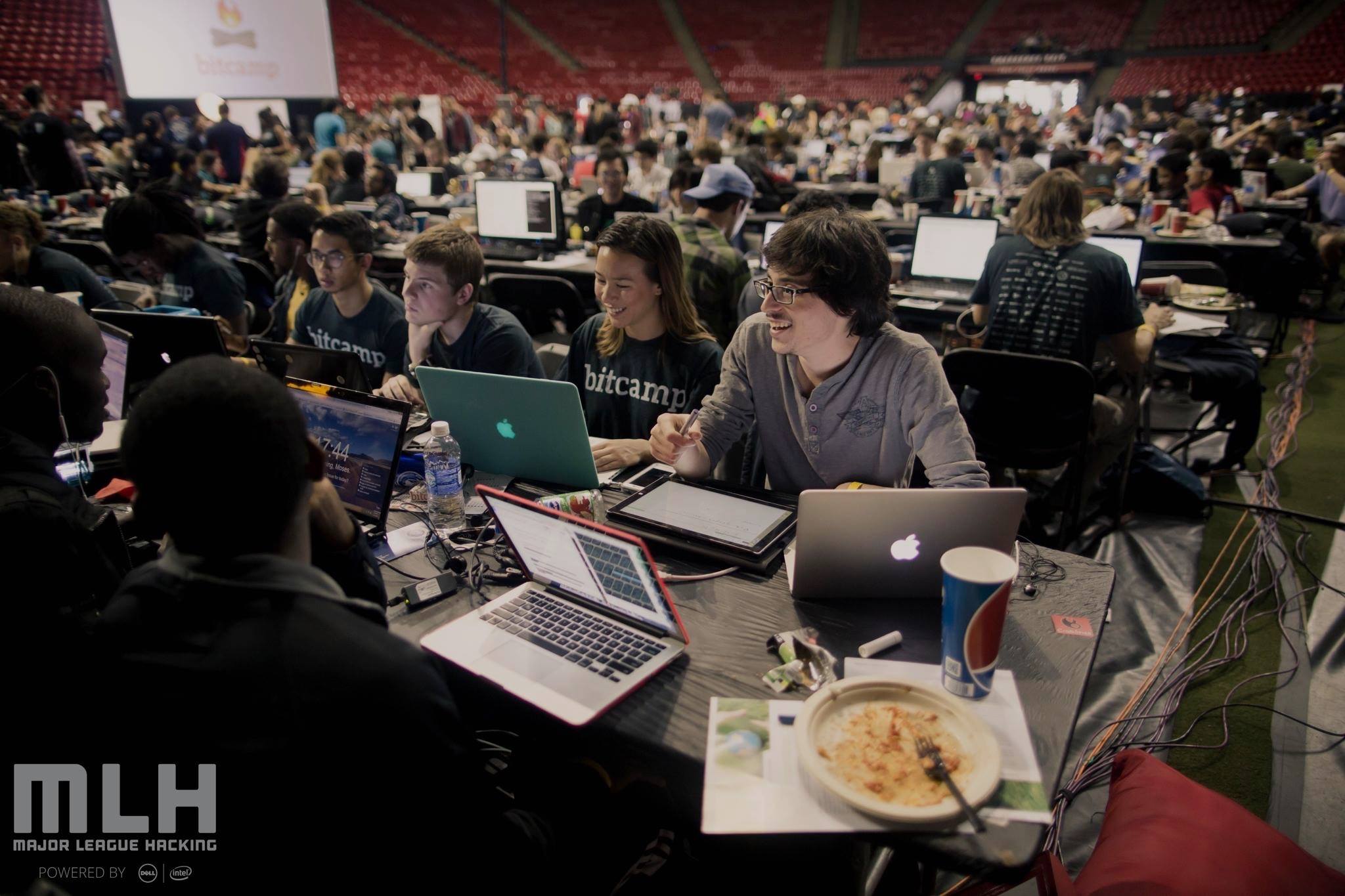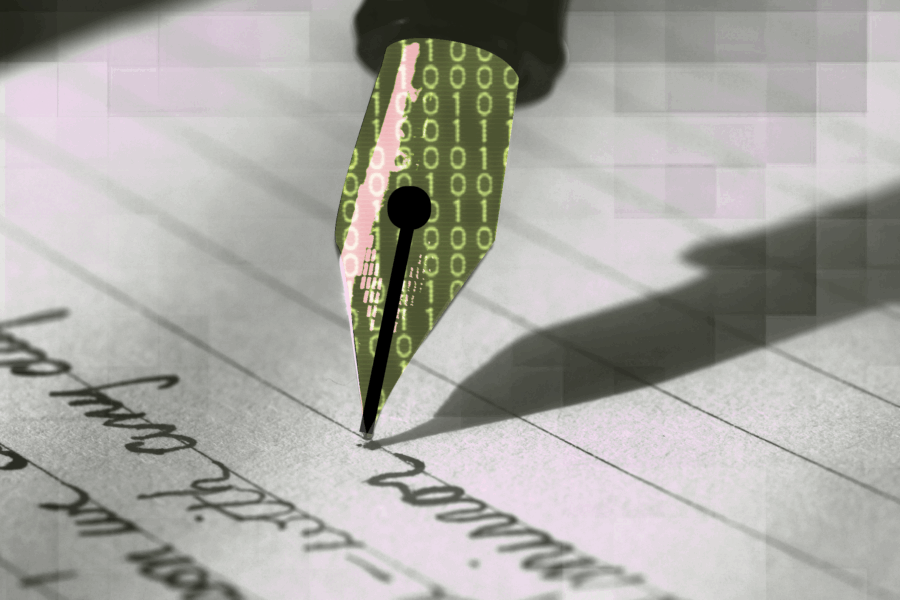School AI Policies Mask a Bigger Question: What Is the Purpose of Schools Today?

As the school year begins, educators and administrators face the daunting challenge of developing AI use policies. Teachers report varying levels of AI literacy and usage, as students actively push the boundaries of what assignments and tests AI can do for them. Meanwhile, the technology is evolving so rapidly that new policies become outdated soon after committee approval.
Trying to govern the use of AI — or any technology used for learning — is a chaotic, contentious process. It’s so hard because it uniquely addresses the underlying social contract of education: its purpose, how students acquire knowledge, build skills and grow, and how they are prepared for the world that awaits them. It is far more complex than deciding if a student is allowed to generate ideas for essays or check math answers with AI. It’s a forcing function to re-examine the very reasons why schools still matter when we have such powerful learning tools that exist outside their walls.
Like so many institutions right now, our schools are fighting for relevance. Especially since the pandemic, many students are asking: What’s the point? And many are responding by simply not showing up: a quarter of high school students in California are chronically absent, and public school enrollments are declining faster than demographic shifts would suggest. Only one in 10 GenZers look forward to attending school. Parents’ attitudes have changed as well. “Our relationship with school became optional,” as Duke professor Katie Rosanbalm bluntly puts it.
AI is only accelerating the feeling among many that school is increasingly irrelevant. Students don’t feel that schoolwork challenges them in meaningful ways, and many feel disconnected from what they’re being taught in the classroom. “Why worry about actually learning anything,” a student recently asked in The Atlantic, “when you can get an A for outsourcing your thinking to a machine?”
Creating AI-free schools and forcing students to learn without the tools they now use in their everyday lives deepens this disconnect [1]. When a student sits down to write an essay by hand, as many schools are reverting back to, they can’t help but be acutely aware of how much better their work could be if they could use AI. (For college-aged students, “starting papers” is currently the top ChatGPT use case, and “editing papers” is #5.)
If schools stay the current course, I’m afraid AI will hollow them out sooner than we think. It’s a Sisyphean folly to believe that schools, built for stability, can outpace this fast progressing technology or that the right rules and codes of conduct will somehow contain this genie.
This is a pivotal moment and opportunity to re-examine schools’ fundamental purpose. Leaders at all levels, from classroom teachers to the Department of Education, must recognize that schools remain one of our most important reminders of why we still need each other.
Schools are not just educational institutions; they are microcosms of society that reflect its values and struggles. In the 18th and 19th centuries, as a nascent democracy emerged, its strength lay in its ability to foster collaboration among different people, in a system where power was vested in its citizens. The classroom served as an aspirational community — a safe place for all children to acquire knowledge, social intelligence and civic ideals, and use them to build a better world.
Today, in a time that can feel increasingly polarized and isolated, more than ever we need spaces where young people learn to navigate complexity and work across differences. The tools and challenges may have evolved, but schools’ essential role remains unchanged: to prepare citizens who can thoughtfully participate in shaping the future.
[1] This is especially true for middle- and high-school students who have greater independence and more access to personal technology.








